Petunia hybrid
Content:
Romantic delicate petunia is the protagonist of floristic compositions on verandas, gardens, parks and squares. A flower of truly magical beauty with a bright palette of shades. Hybrid Petunias are one of the most unusual representatives of this family. In this article we will tell you more about it.
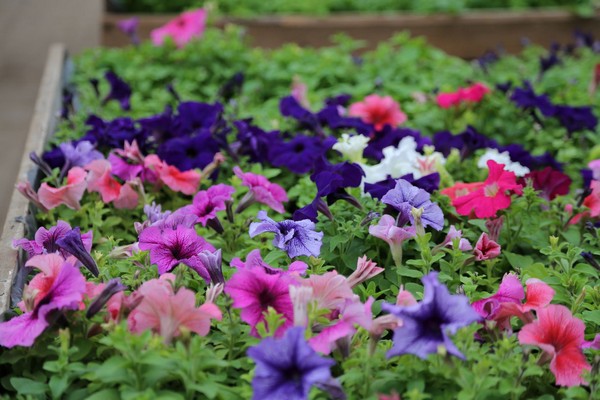
Characteristic features of a hybrid petunia.
- Hybrid Petunias are members of the nightshade family.
- Hybrid petunias have a small sticky down.
- Stems are of three types: 1) branched., 2) erect., 3) creeping.
- The leaves are usually green and look like an oblong egg.
- Gardeners love petunias for their long flowering time and beautiful flowers.
- Flowers bloom gradually as the shoots develop and grow out of the leaf axils.
- The flowers are funnel-shaped and are usually divided into five petals.
- Pollination of petunias occurs with the help of moths and often very large ones.
- The fruit is a capsule containing several seeds.
- In general, Hybrid Petunias are perennials, but they are often grown as an annual plant.
- Petunias have many varieties, and breeders often invent new ones.
There are two main types of petunias - these are cascading, in which the length of the shoots is very long and ampelousthat create floral carpets.
Filigree cousins are also sometimes distinguished, the name was given in honor of the person who created this variety. The plants are very small and attractive.
What are the varieties of petunias?
Consider a few examples, and their characteristic features.
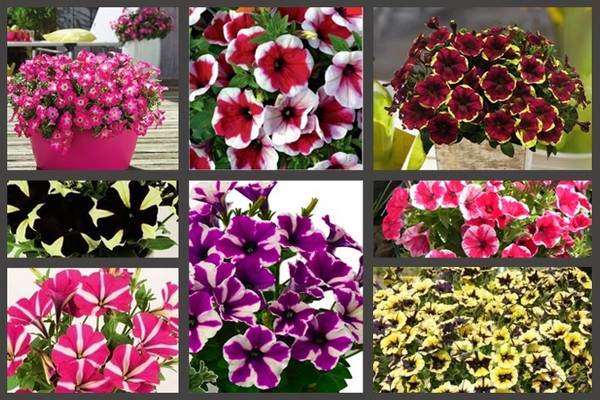
The first specimen is a mixture of colors, and its characteristic features.
- The mixture of colors is represented by large bushes.
- The height of each is about thirty-five to forty centimeters.
- Flowers with wavy petals and different colors.
The second instance is a charming waterfall and its characteristic features.
- One of the popular cascading forms is a charming waterfall, with an average height of up to sixty five to seventy centimeters.
- The flowers are satin and the plants are weather resistant.
The third specimen is Evening sunshine and its characteristic features.
- Evening sunshine, represented by small bushes.
- The average height is fourteen to fifteen centimeters.
- The flowers are sky blue.
- The diameter of each inflorescence is about four to five centimeters.
- Loves light very much.
- Drought tolerant.
The fourth specimen is trilogy, and its characteristic features.
- Creeping petunia trilogy, average height about twenty two to twenty three centimeters.
- Flowers come in different shades. This variety is often used to create floral carpets.
The fifth instance is Big Lapa sophistry barking, and its characteristic features.
- Big lap sophistry lime. The bushes are about twenty five to thirty centimeters high.
- The flowers are double-colored. Colors can be completely different.
- The plant is neutral to the ground.
The sixth copy is Mother, and its characteristic features.
- Mother is a small variety.
- The second characteristic of this variety.
- The flowers are bright purple. The diameter of one flower is about seven to eight centimeters.
- They tolerate diseases well.
The seventh instance is Fidelity and its characteristic features.
- Fidelity is also a small variety of salmon-colored flowers.
- The diameter of one flower is about five to six centimeters.
- Flowering is restored after rains.
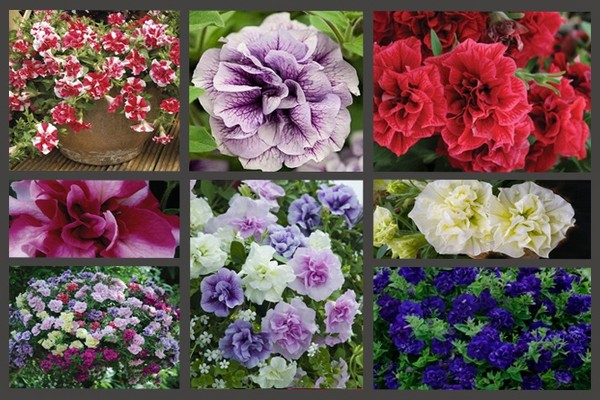
The eighth instance is Star Rain and its characteristic features.
- Star rain, a representative of the densely branched petunias.
- The leaves are narrow.
- The average height of the bush is twenty five to thirty centimeters.
- Flowers resemble stars, usually bright pink or purple.
The ninth instance is Laguna and its characteristic features.
- Lagoon, the height of the bushes is up to thirty-thirty-five centimeters.
- Flowers of large colors are completely different.
- The diameter of one flower is fourteen to fifteen centimeters.
The tenth instance is tango and its characteristic features.
- Compact bushes up to twenty five to thirty centimeters high are called tango.
- The flowers are bright pink in color.
- The diameter of one inflorescence is about seven to eight centimeters.
The eleventh specimen is Isabella and its characteristic features.
- Isabella has meter stems.
- The flowers are crimson, rather large.
- Resistant to diseases.
The twelfth instance is Few the blues lime coral, and its characteristic features.
- Thick, lush, average height of about thirty-five to forty centimeters.
- Flowers are yellow, large.
The thirteenth instance is Pendolino rose eye and its characteristic features.
- The flowers are pink.
- The diameter of one inflorescence is about two centimeters.
- The height of the bush is about fifteen to twenty centimeters.
- The plant tolerates lower and higher temperatures well.
The fourteenth instance is the Capella and its characteristic features.
- The chapel is represented by small bushes.
- The height of each is about fifteen to twenty centimeters.
- The average diameter of the flowers is about nine to ten centimeters, the center is purple, the border is white.
The fifteenth instance is Carolina and its characteristic features.
- Carolina is a representative of upright standing petunias.
- The growth of one bush is fifteen to sixteen centimeters.
- The flowers are large enough, about twelve to thirteen centimeters in diameter.
- Damp acidic soils will be detrimental to the plant.
Representation of the variety petunia hybrid.
Consider the characteristics of this variety.
Hybrid petunias are descendants of petunias that grew in the wild from South America.
The growth of a flower largely depends on the variety, on an average of twenty five to thirty centimeters.
Petunias bloom throughout the season until the onset of cold weather.
The palette of shades of petals is huge. Flowers can be white, purple, pink, purple, cream and many other shades.
The best place to grow petunias is sheltered from wind and rain and well lit by the sun. There are varieties that tolerate the wind well, but on balconies that are not protected by anything, it is better not to plant varieties that have small flowers.
To prevent the flowers from starting to become smaller during flowering and flowering to come on time, it is necessary to provide the plants with proper lighting.
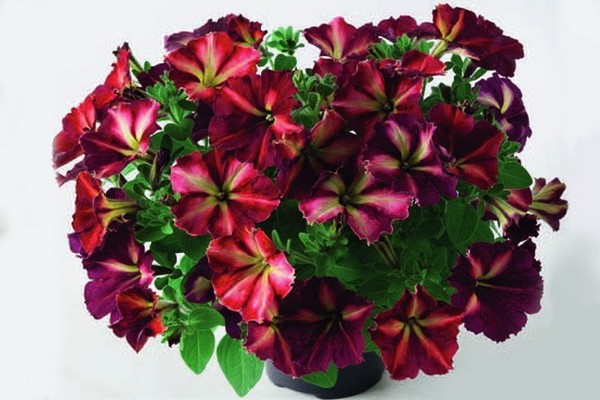
How to properly care for petunias?
Consider a few recommendations for caring for this species.
In order for Hybrid petunias to bloom well and for a long time, they need a lot of land. The main land is a flower land with fertilizers. At the beginning of its life, plants will receive nutrients from these fertilizers, but in the future they will have to be fed.
There are two simple rules for caring for petunias.
In - the first, the earth should not be allowed to dry out. If the earth dries up, then the risk of taik will increase - insects and diseases also petunias will not be able to recover completely.
When the summer heat comes, water the plants twice a day. It is better to do this during the day and with warm water. Leaves should not cool down abruptly at night, this can harm the plants.
Second the rule is the right fertilizer. To apply fertilizers as correctly as possible, it is best to do this during each watering. Choose the dose recommended by the manufacturer and divided into a certain number of days and fertilize the plants every day.
You can choose a package that gives a dose for seven days, divide it into seven days, and give the plant a little every day. This method will be better than transferring fertilizer. Fertilizers should be in a light, plant-accessible form.
Petunias love sour soil. If the plant grows in a pot, then the acidity is very fast and will decrease. When the alkalinity of the soil becomes elevated, flowers and leaves begin to gradually turn yellow. This is because iron is poorly absorbed in alkaline soils.
Plants can also be grown outdoors. Any variety is grown outdoors.
For flower pots, you can use tree stands. You can order wooden coasters from a locksmith or find them in a specialist store. If you place petunias in such a structure, you need to remember about watering, it can be either automatic or from the highest to the lowest plant.
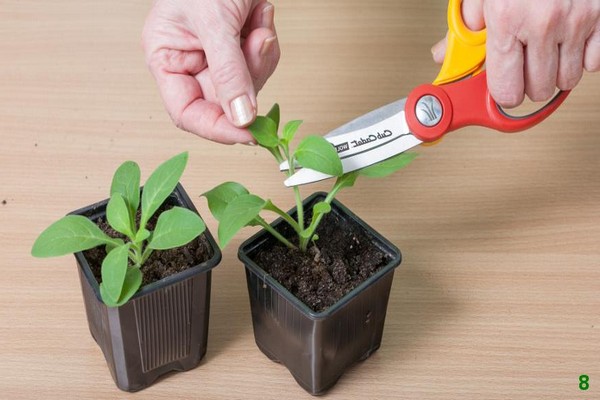
How to grow seeds?
Gardeners usually buy ready-made petunia seedlings. If you grow seedlings yourself, no one guarantees that the result will be of high quality. Consider a few guidelines for growing a real variety from seed.
The land in which the seeds of petunia are sown is special. Seedlings are very sensitive to fungi, so they should not be in the ground, just like weed seeds. When the seeds begin to germinate at medium temperatures, it should be around twenty-one degrees around them. With the gradual germination of the plant, it is necessary to reduce the temperature to seventeen to eighteen degrees.
The diving process begins when the first leaves appear on the plants.
Seedlings should be removed every two weeks.
The seed dispersal process is time consuming. It starts in January.
In order for the seedlings to grow well indoors, it is necessary to highlight.
In the spring, before planting in open ground or an outdoor pot, hardening must be carried out.
In late summer, petunias can be propagated using cuttings.
It is recommended to use, root, or transfer the cuttings for several weeks to a dark place, where the air temperature will be low, so that the roots begin to germinate. When the roots have formed each bush necessary, place in a separate pot, in winter they can be grown at home.
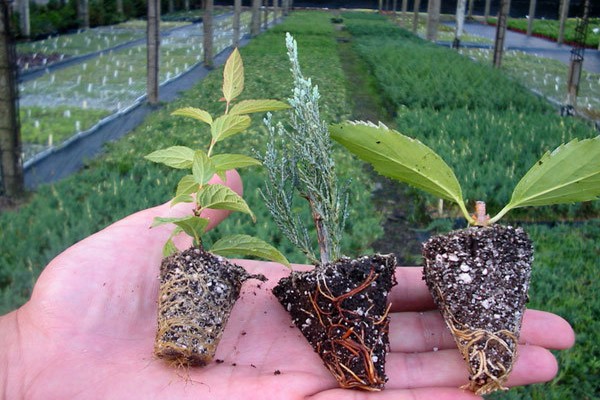
Diseases that often attack petunias.
What diseases and pests attack petunias?
The varieties of petunias that are now appearing are more resistant to various diseases. If diseases occur, you can spray the plants with fungicides. Spraying will be quite difficult due to the fact that the plant has many flowers and shoots. It will be difficult to process all infected areas.
The first disease is Mosaic of petunias.
- The stems of the shoots begin to darken and become covered with spots.
- This disease is inherent in plants grown by the cuttings method.
- Flowering with this disease weakens and the plants gradually dries out.
- The virus is not seed-borne, so they can be removed if possible.
The second disease is alternariosis.
- If white spots appear on the petals, this may be a sign of Alternaria.
- In the advanced stage of the disease, black stripes will appear on the stems.
The third disease is late blight.
- Late blight appears from the soil. Gradually, the plants begin to turn yellow from below, and the leaves fall off.
The fourth disease is chlorosis.
- When the plant is deficient in iron, the soil is too acidic, chlorosis may occur. Fertilizers with a high ferrum content will help to cure this disease, it will be difficult.
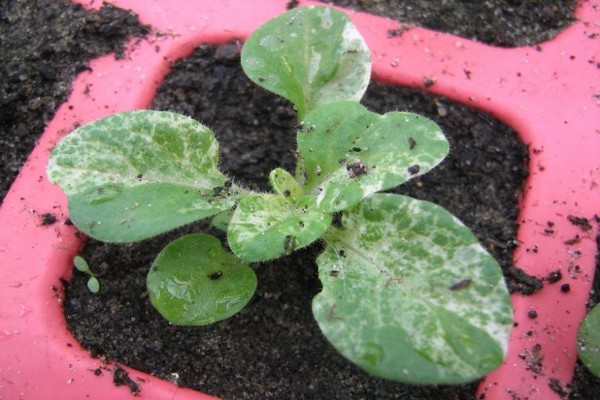
How can petunias be used?
Hybrid petunias can decorate almost anything, they are often planted in hanging pots, pots, used to decorate flower beds, parks, houses, plots and much more.
Petunia look good in vertical flower beds - flower beds.
Hybrid petunias are often used in landscaping and can be grown as a houseplant.
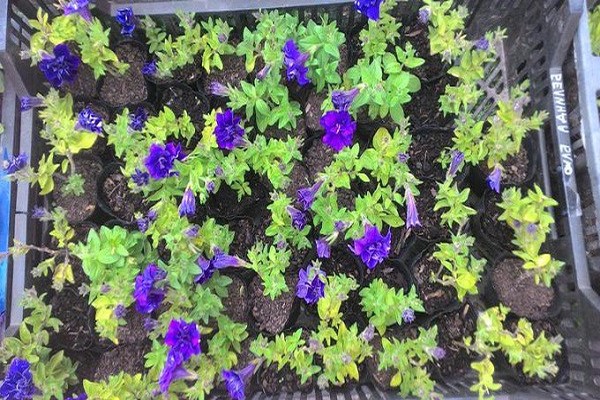
Interesting fact.
The name of the petunia plant comes from the ancient word petunia. Translated from Brazilian means tobacco. Everything is explained very simply: petunia leaves are similar to tobacco leaves.
Conclusion.
Give your flower love and care, and he, in turn, will thank you with bright and beautiful flowering.

